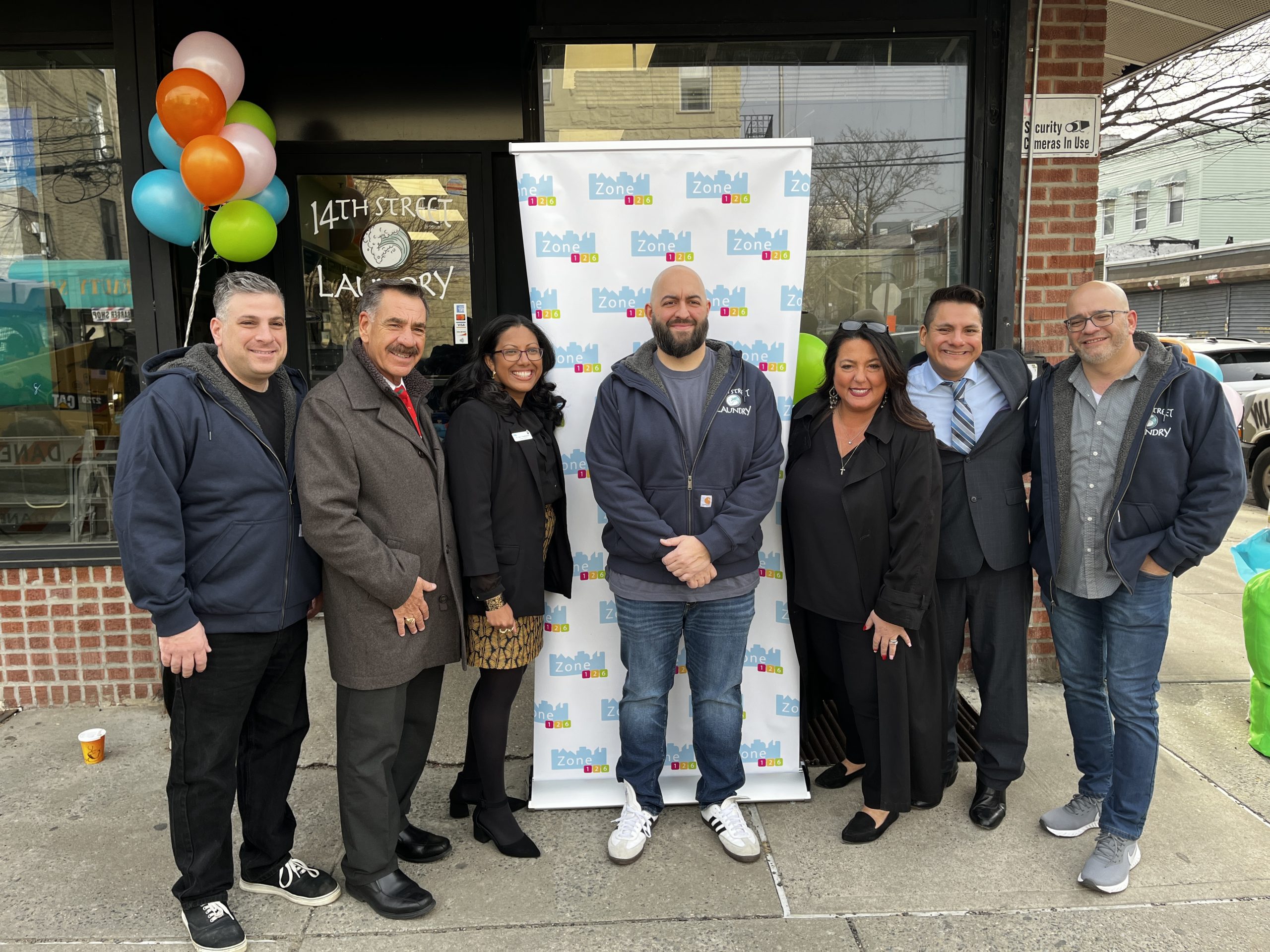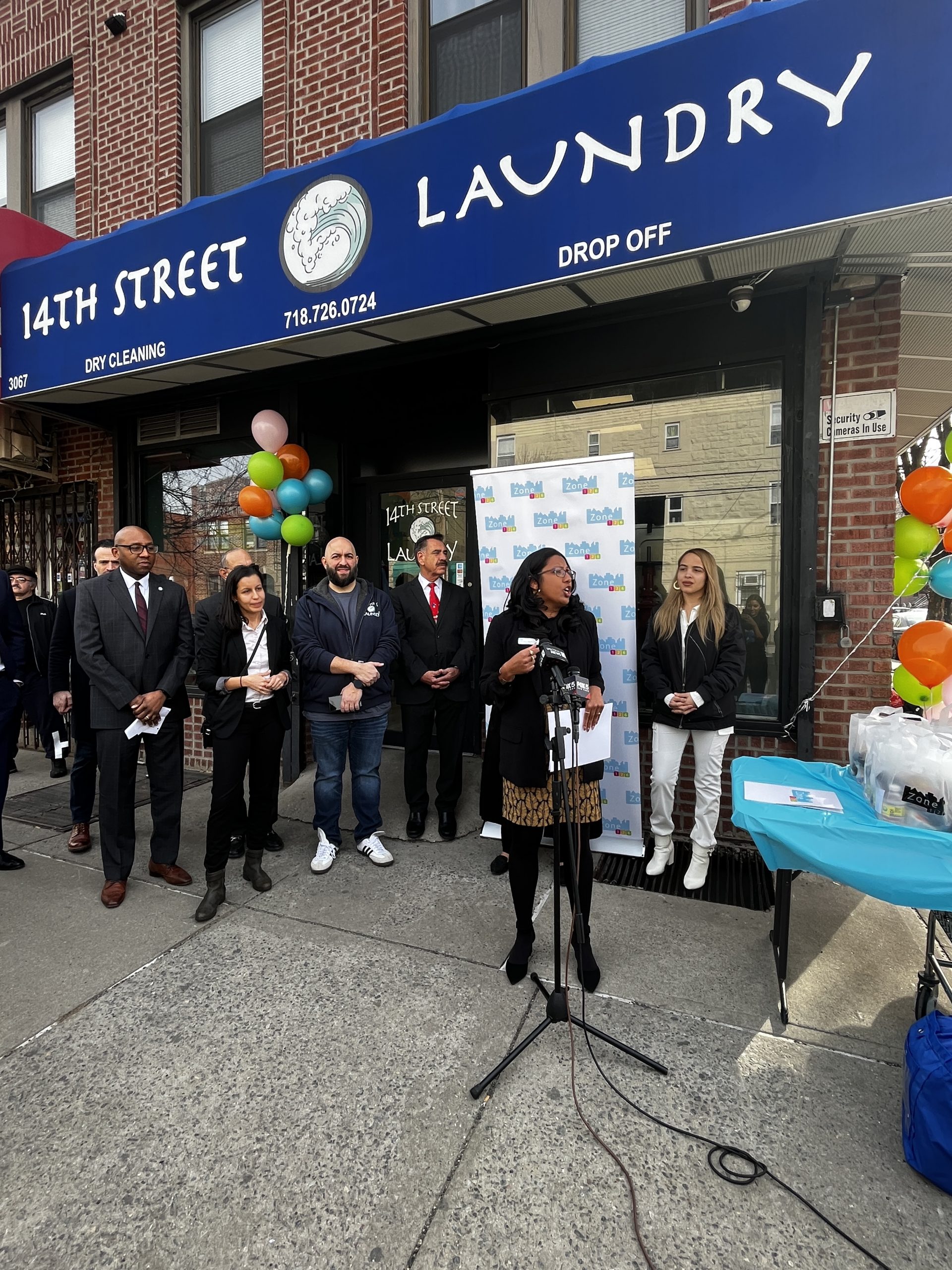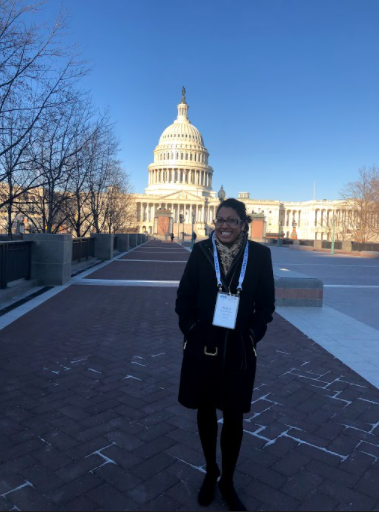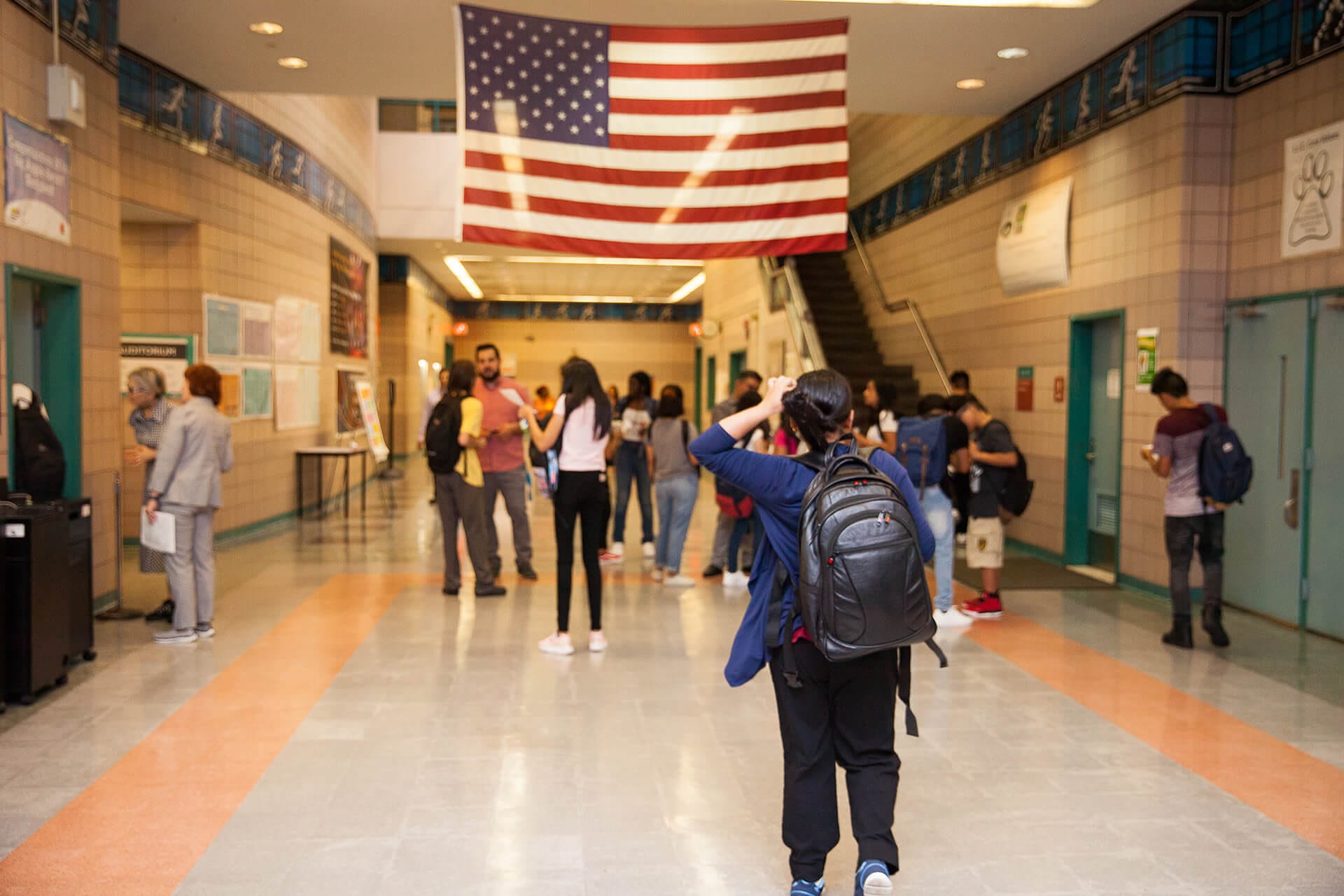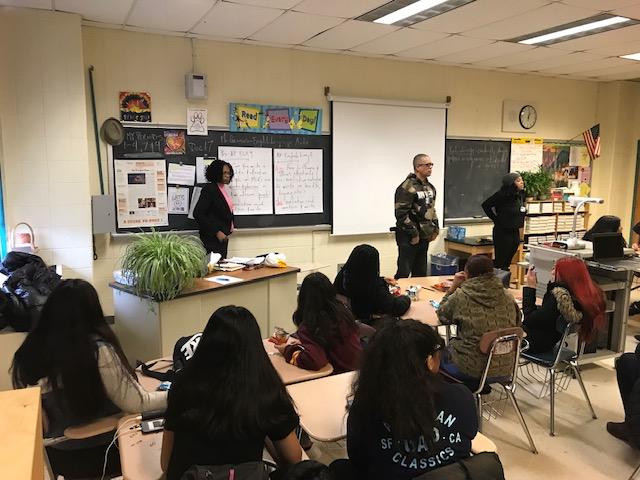Community Dialogues on Chronic Absenteeism in our Local Schools
Regular school attendance for students of every age is fundamental for realizing substantive academic achievement throughout a student’s career and has enduring impacts on their socio-emotional development (1). Chronic absenteeism (CA) invokes a strategic concern within the framework of Zone 126’s collective impact model structured around the student cradle-to-career pipeline. The New York State Education Department (NYSED) defines CA as students who have been absent 10% or more of the instructional days in which they were enrolled (18-20 days a year or ~2 days a month). Research has demonstrated that “children who are chronically absent have lower levels of school readiness upon entering kindergarten, are less likely to read at grade level by the third grade, show lower levels of social engagement, are more likely to drop-out of school, and are less likely to graduate from high school or attend college.”(2) As a response to emerging trends in our community schools’ attendance data, Zone 126 is hoping to interrogate and address CA systematically through a prism of school, parent and community perspectives that can provide the rubric for scaling interventions at a community scale.
Zone 126 is facilitating and advocating for parent and family engagement around CA through various modes of practice including home visits, continuous outreach to parents and parent workshops. On November 20th, Zone 126 held a focus group with parents of elementary and middle school children living in Astoria Houses, a NYCHA public housing development, centered on a dialogue around barriers and challenges to school attendance for children living in public housing and how community could collectively begin to tackle CA in our schools. Parents and families are integral thought partners in providing insight into the drivers of CA that attendance data on its own can’t effectively encapsulate for designing interventions and they are strategic to ensuring and prioritizing successful student attendance once they are given the necessary supportive resources (3). By pursuing incisive parent and family engagement, Zone 126 can leverage both school and community partners to re-energize student attendance rates and inspire meaningful change in student’s life outcomes.
1 Gottfried, Michael A. (2014). Chronic Absenteeism and Its Effects on Students’ Academic and Socioemotional Outcomes. Journal of Education for Students Placed at Risk 19(2), 53-75.
2 Lara, Julia, Stacey Pelika, et.al. (2018). Chronic Absenteeism. National Education Association Research Brief (NBI No. 57).
3 Attendance Works. (2013). Bringing Attendance Home: Engaging Parents in Preventing Chronic Absence.
Catch up on the latest
Keep in Touch
Subscribe to receive our monthly newsletter and updates.



